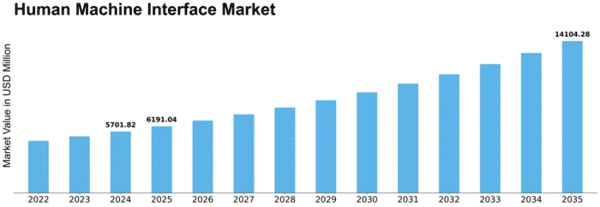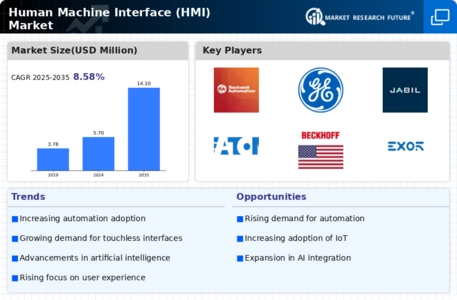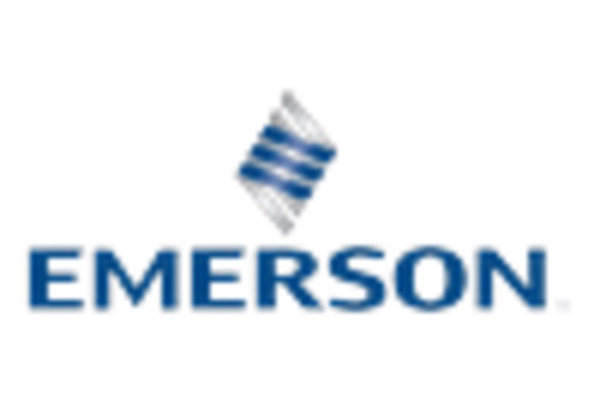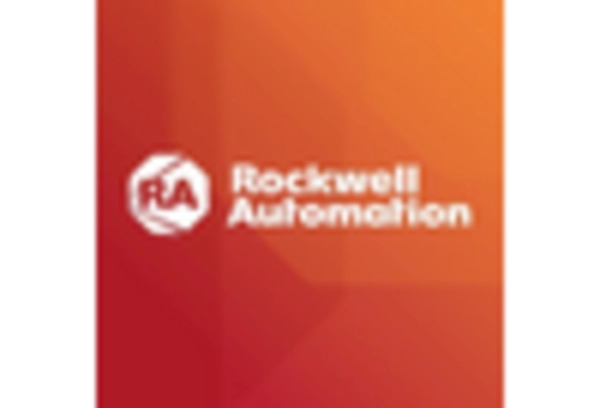Human Machine Interface Size
Human Machine Interface Market Growth Projections and Opportunities
A multitude of market factors impact the Human Machine Interface (HMI) Market, collectively influential in shaping its growth and evolution. The rapid development of technology is one important factor. Given the rapid development of technology, HMI systems are constantly compelled to follow along, integrating new features and capabilities. Innovations such as touchscreens, gesture recognition, and artificial intelligence are propelling the market forward. These innovations provide users with smoother interfaces that allow them to interact more intuitively and conveniently with machines. The HMI market is still a booming one thanks to constantly changing technology. However, the rising need for automation among other industries is a significant market force. As productivity requirements escalate and labor costs increase, industry after industry has turned to automation in order to cut operating expenses as well. HMI is the medium that allows human beings and automated systems to communicate with one another, acting as an important bridge. The increasing application of automation in manufacturing, healthcare, transportation and many other industries has pushed the market for HMI solutions bigger. Standards call on HMI systems to be safe, accurate and reliable in their design. Regulatory reality As industries focus on compliance to meet their own and industry-specific standards, stringent regulatory landscape influences the development of HMI solutions. The ability of an industry to purchase technological solutions follows economic conditions, including GDP growth, industrial output and capital investment. In economic boom times, industries will invest more heavily in state-of-the art HMI systems to increase efficiency and competitiveness. Alternatively, economic downturns may cause investment in HMI technology to be delayed or scaled back. A propellant or a brake: The economic environment is the stage on which this market for HMI products unfolds. Another market factor of note is the growing emphasis on user experience and ergonomics. Providing operators with user-friendly interfaces that boost efficiency and reduce the chance of errors are important to industries. Design of HMI systems is going in the direction of making them more intuitive: simple and clear. It is especially important in fields where operators demand rapid, accurate responses to data. The stress on the user experience is part of a larger shift toward human-centered design in technological solutions. In addition, the market for HMI is greatly impacted by new concepts of Industry 4.0 and Industrial Internet of Things (IIoT). In smart factories and industrial processes, in which devices are interwoven with various systems of data transmission, handling the vast volume of information generated necessitates highly sophisticated HMI solutions.

















Leave a Comment